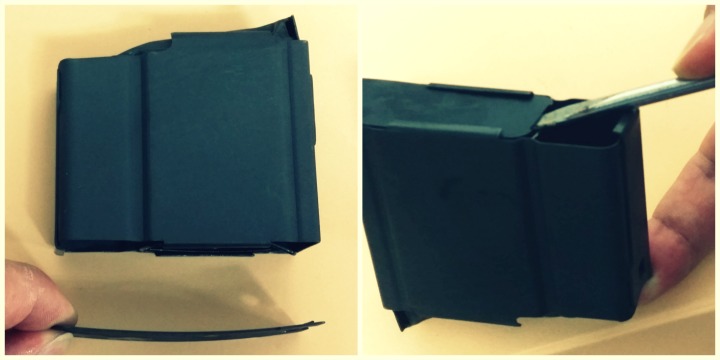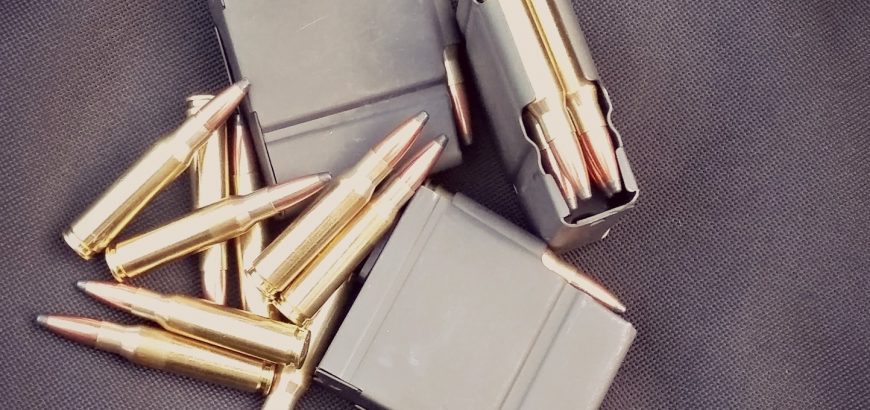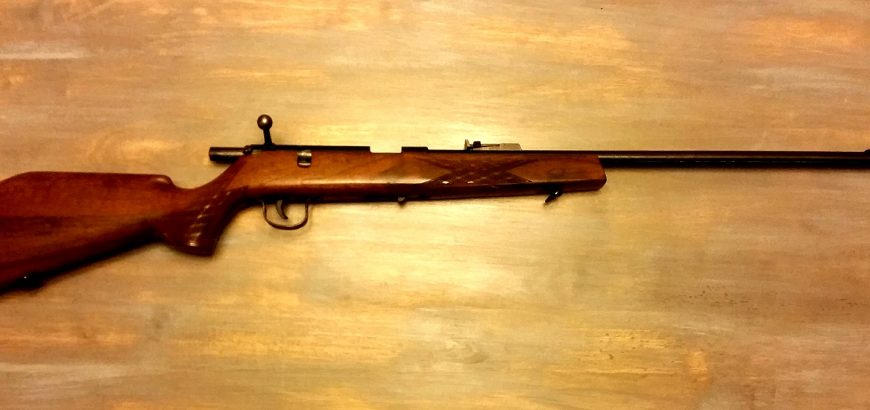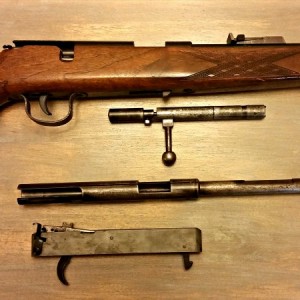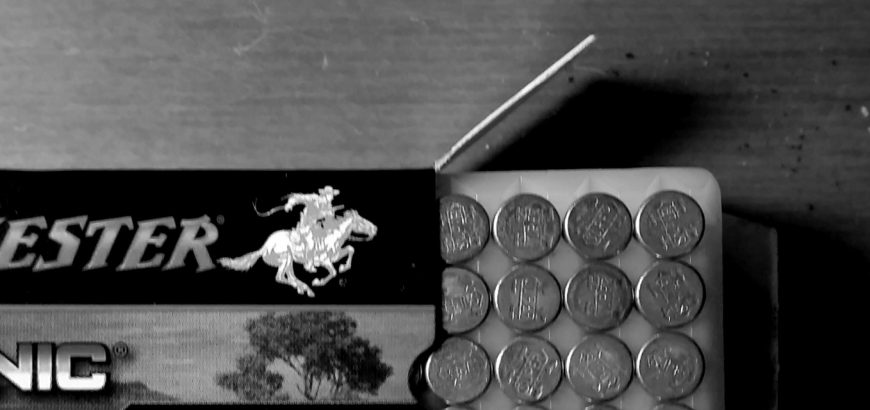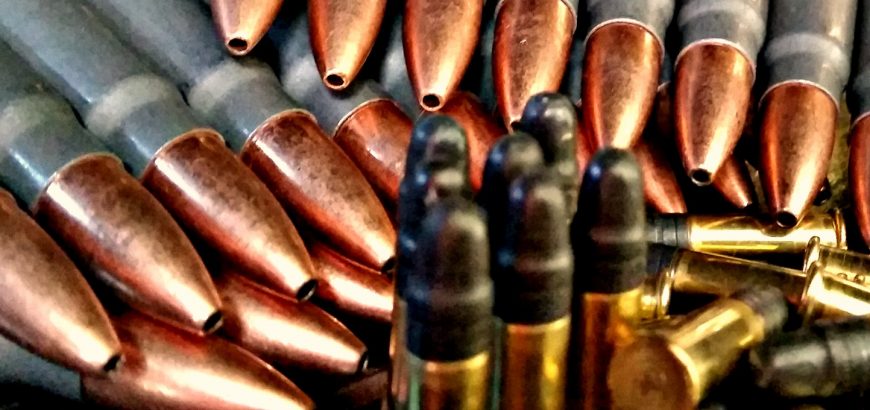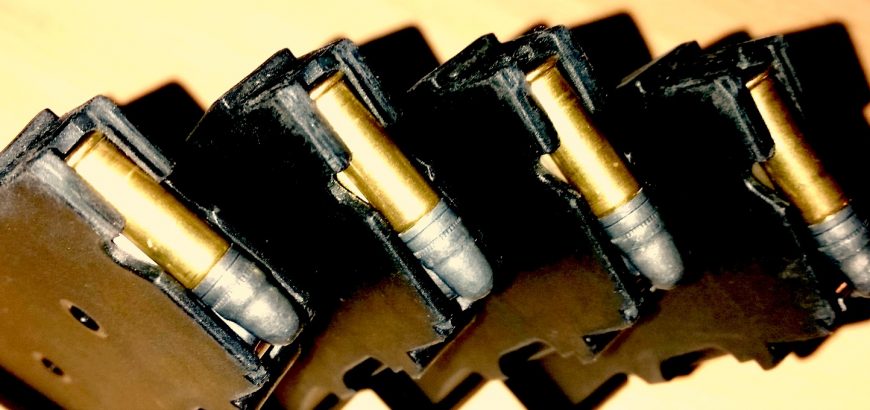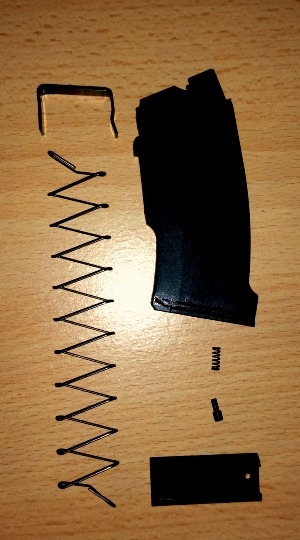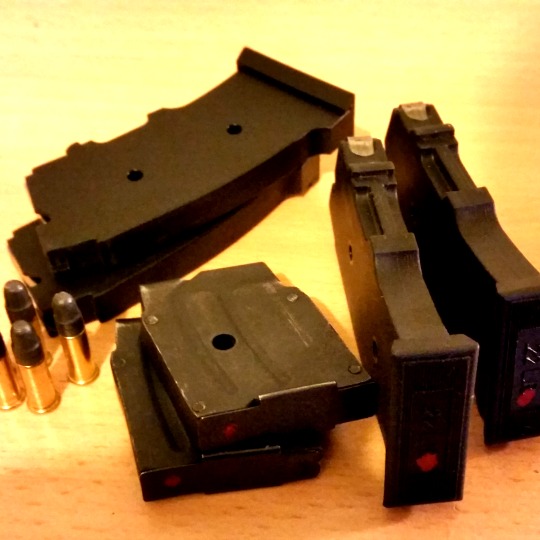The MI4 or M1A is a mainstay in most military rifle collections, alongside its predecessor the M1 Garand. The M1A even sees frequent use in Heavy Metal classes of 3 Gun competition. The Norinco M305 is a damn good copy of the Springfield M1A (and the newer ones are even better). They’re also 4 or 5 times cheaper than their American cousins.
However, Chinese guns often come dripping in cosmoline, requiring a proper birthday before heading to the range. Even parkerized magazines in sealed bags will be dipped in cosmo to keep rust at bay. If you’ve bought a rifle that’s been stored in an armory for a while, you’ll notice that cosmo and parkerized finishes interact and create a greenish-grey finish. Anyway, I digress…
If you’ve bought one of these Chinese knock-offs, chances are you’ve got a magazine or two full of cosmoline. This will mean stiff functioning and potential jams when they get dirty as well, leading to failure to feed situations. Disassembling one of these mags is easy to do, and highly recommended for cleaning purposes.
Step 1 – Remove the floor of the magazine
Unlike older magazines like the Lee Enfield’s 10-rounder, where the spring and follower come out of the top of the mag with some wiggling and creative angles, the M305 magazine has a floor plate that can be removed.

Step 2 – Take it apart
Unlike rimfire magazines, there are no small springs or buttons that leap out at you when you open the magazine up. Once the bottom is removed, you’ll probably find the square spring is pressed against the tabs that were keeping the floor in place.
It’s quite easy to remove the spring by lifting a coil at a time, and then giving the follower a bit of a wiggle to get it out. Take care not to cut yourself, as these mags don’t have the best finish in the world.
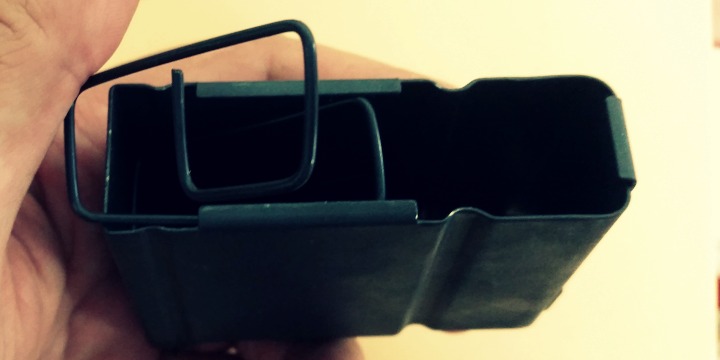
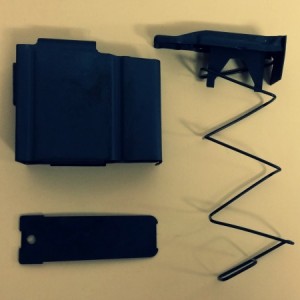
Step 3 – Degrease everything!
Norinco is nothing if not liberal in their application of cosmoline. The preservative gunk is everywhere. Make sure you get your cleaner/degreaser inside and outside the magazine, and over all of the parts you have removed. I personally prefer a degreaser in an aerosol can to make sure I get everywhere. Most of the time I use Wurth’s Industrial Cleaner, which is a citrus-based aerosol, and highly effective.
Give the magazine a good wipe, inside and out, with a clean rag. Again, make sure to watch out for sharp edges – maybe even debur them if necessary.
Step 4 – Oil and reassemble
A bit of lubrication of the spring/follower is not a bad idea. Not enough to get dirt and debris stuck in there, but enough to relieve some of the friction as the follower contacts the walls of the magazine.
With this particular magazine I used some aerosol Ballistol. However, a few drops of Remoil or Hoppes Lubricating Oil would do the trick too.
After you’ve applied some lubricant to the inside of the magazine and put the follower and spring back in, it’s time to close up the floor.
